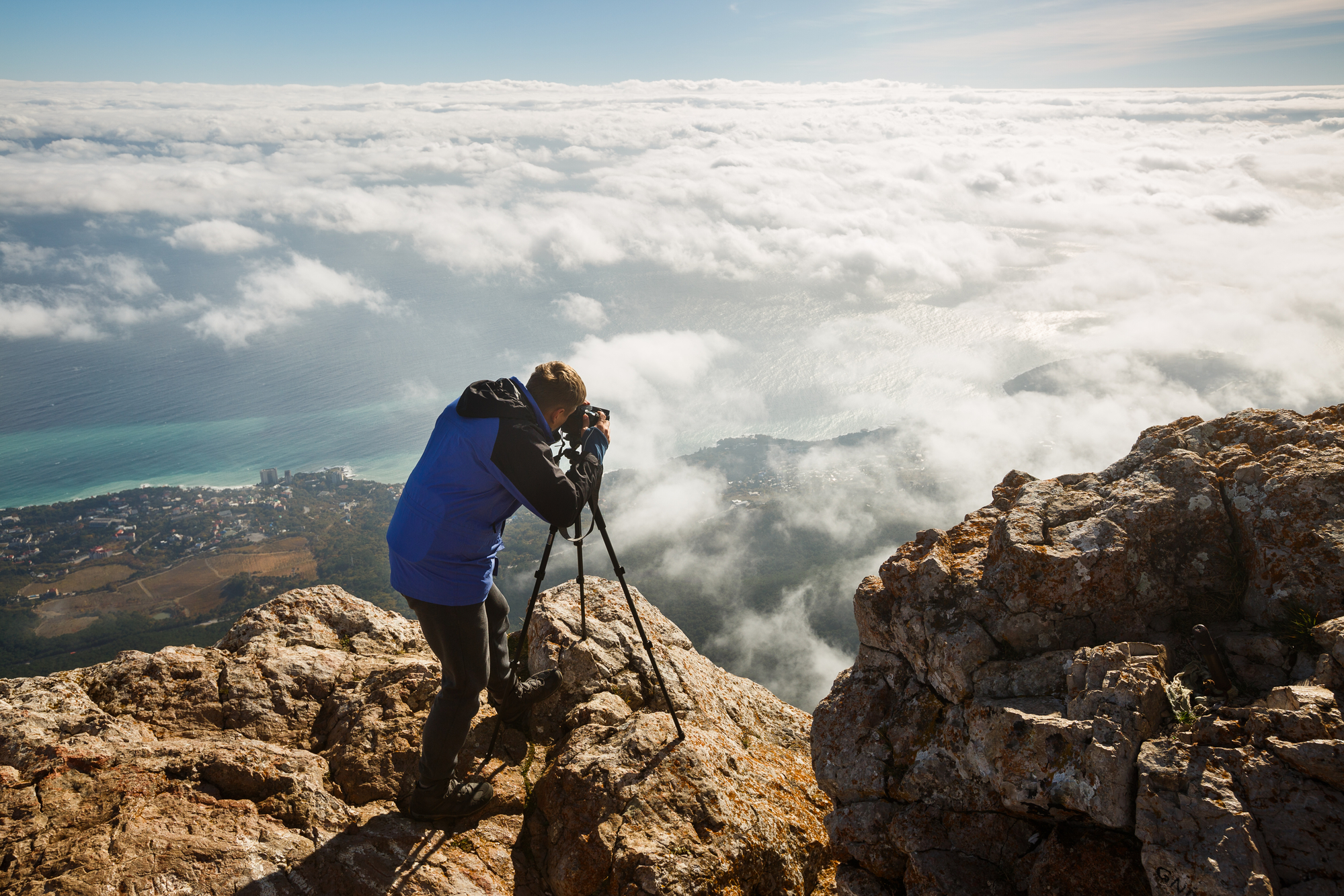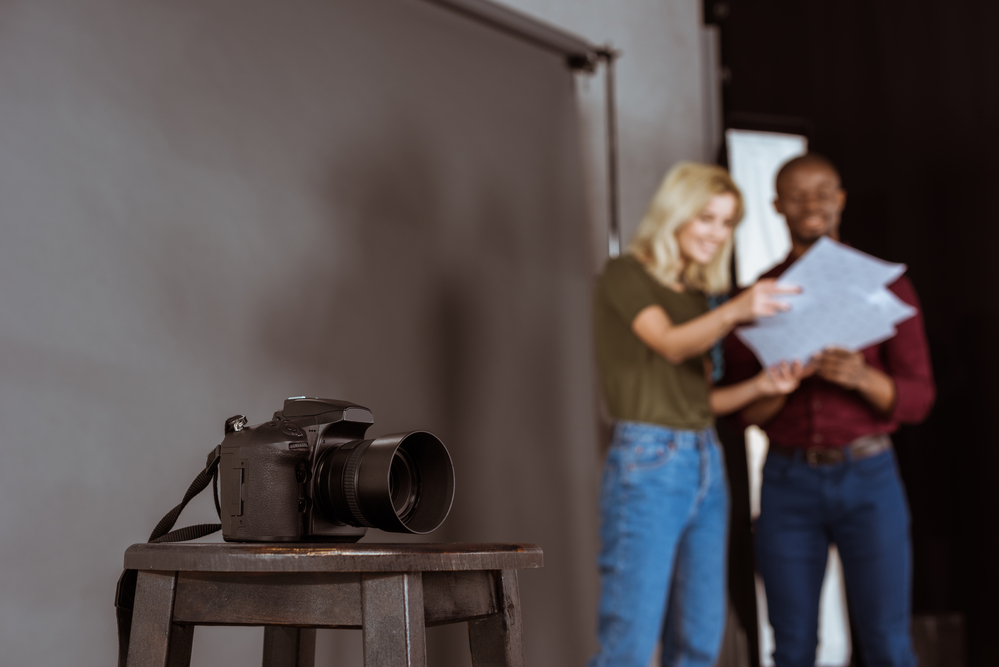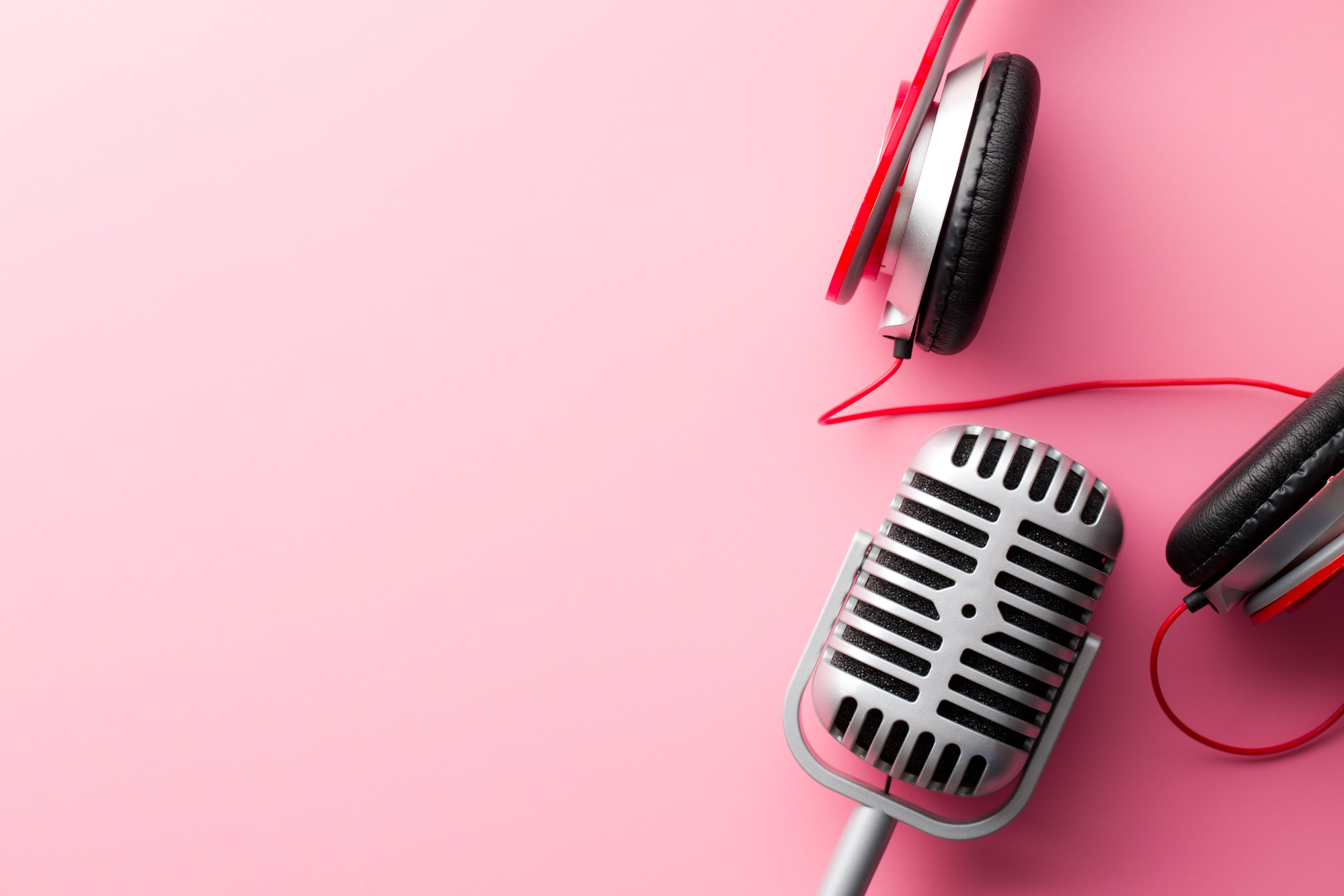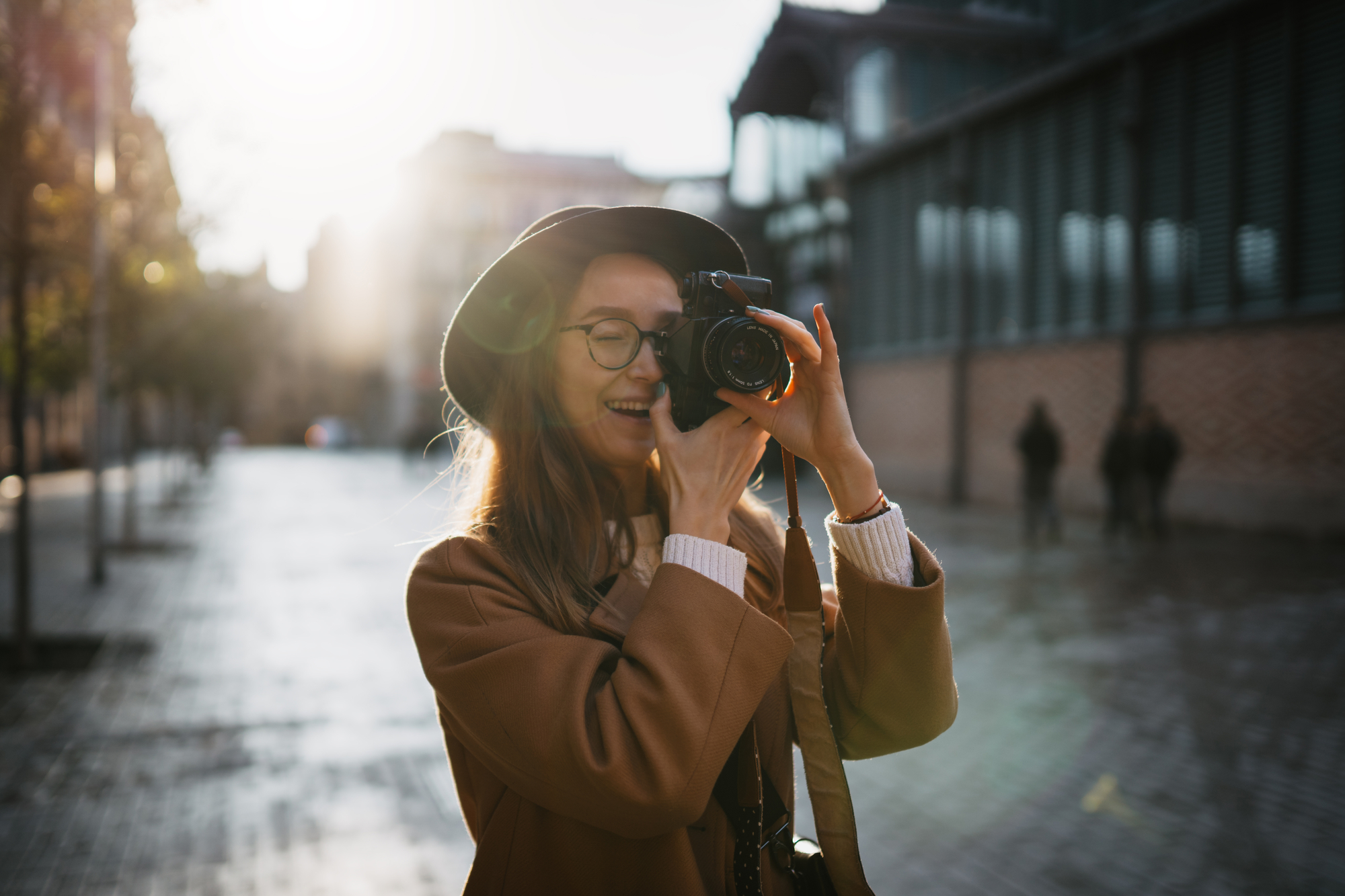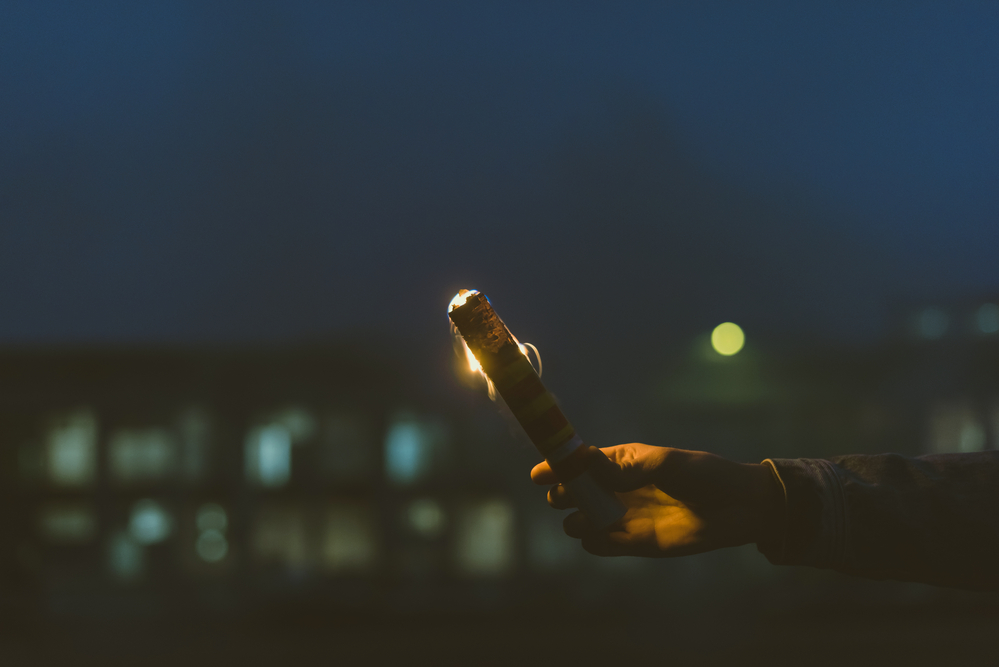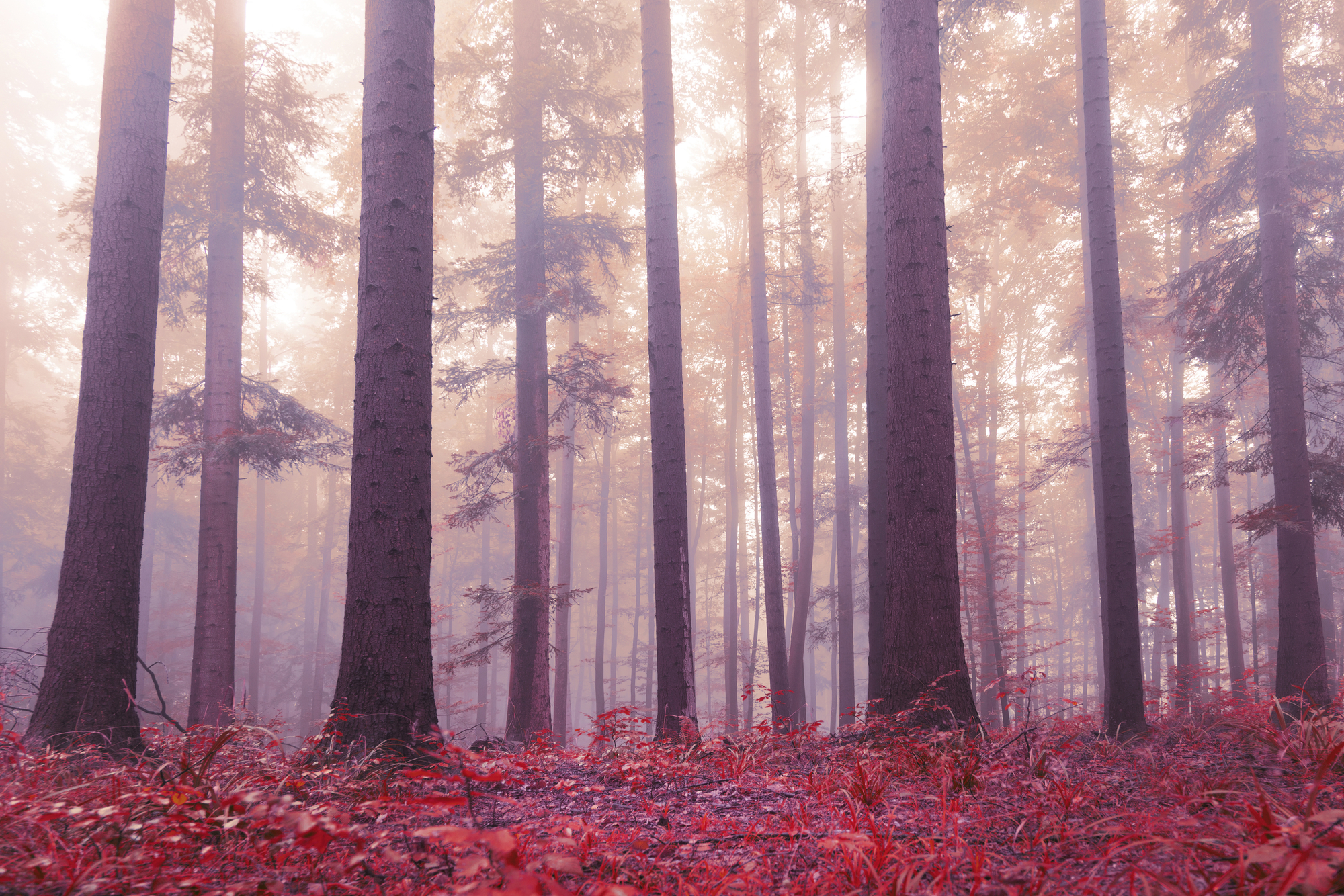Why you need a tripod
A tripod is used for stabilizing your camera when you shoot. It is crucial when you have a heavy camera with a big lens such as a super-telephoto lens. Even if you have a small camera or work with mobile photography, some shots won’t be possible without a tripod. For instance, your efforts in landscape, nature, and wildlife photography might suffer if you don’t have a tripod. When you shoot with a slow shutter speed (for example, in low lighting conditions), you have to use a tripod or find a different, less reliable way to stabilize your camera. You simply can’t hold your camera still even for a second, and some genres, such as night sky photography, are shot with minutes-long shutter speeds. Using a tripod allows you to frame your composition more precisely and reach angles that are difficult to do with a handheld camera. This is helpful when you shoot HDR and panoramic images and each frame must be very accurate.
Elements of a tripod
For a beginner, it might seem that a tripod is something monolithic. While some cheaper tripods do have fixed and unchangeable parts, many tripods actually consist of several elements. Sometimes, you can even unscrew and replace them with different ones.- Legs: this is the part that keeps the construction together. Legs of a tripod should be strong enough to hold the weight of a camera with a lens and photography accessories such as reflectors and speedlights. That’s why they are usually made of aluminum and steel.
- Centerpost: Some tripod models have a separate leg in the center of the tripod system (below its head). It allows you to additionally move your camera higher or lower when you already set the tripod.
- Head: this is where your camera is put. Apart from standard and very common ball heads, there are other types of tripod heads that can come with a tripod or be purchased separately and attached to it. Pan-tilt heads allow you to move your camera left and right (with one handle) and also up and down (with two handles). Gimbal heads are a strong type of tripod heads that allow you to keep steady and move really heavy gear.
- Feet: More advanced tripods also allow you to change elements at the end of their legs called feet. This is useful when you shoot in varying conditions or work both in a studio and outdoors.
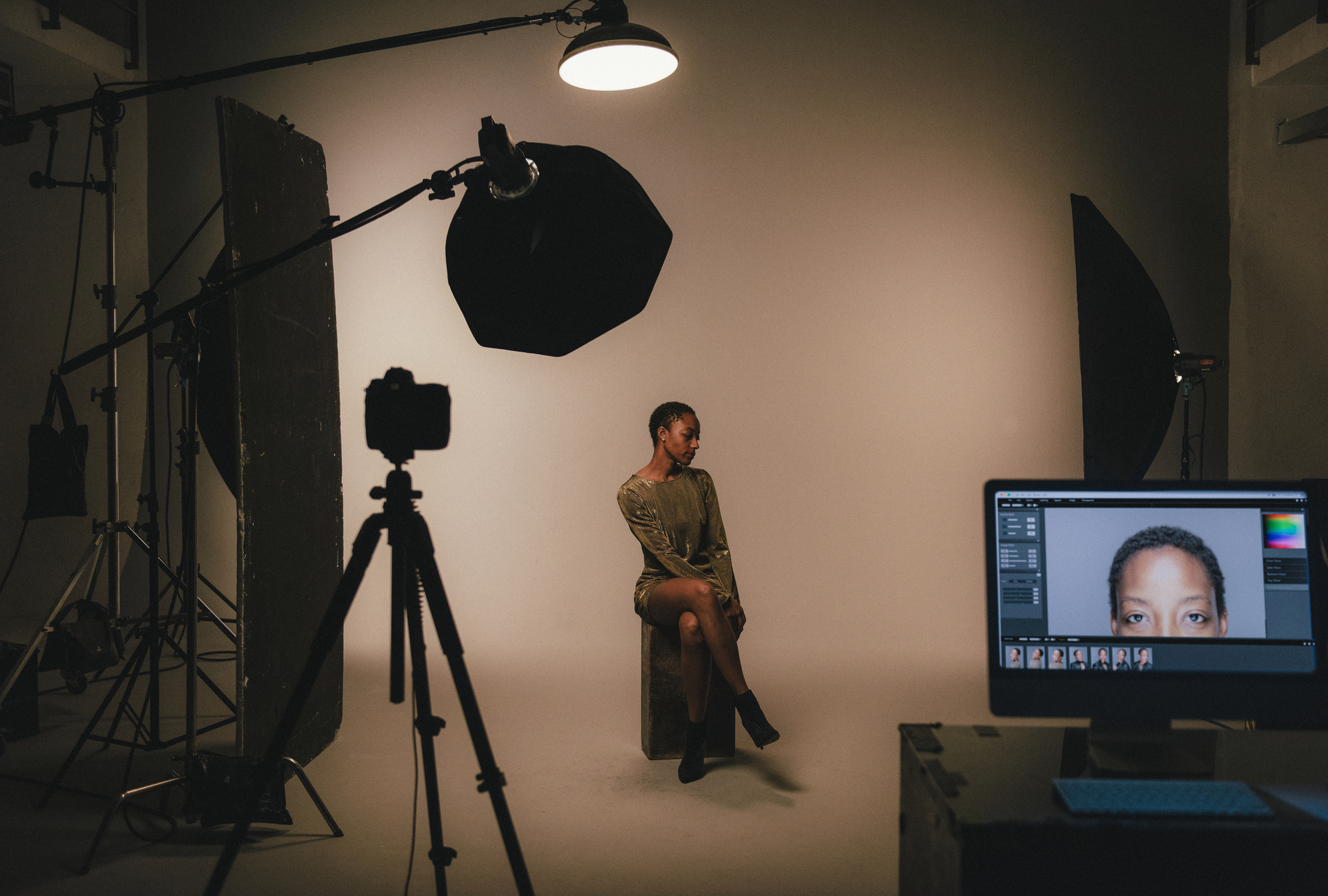
What to keep in mind when you choose a tripod
1. Weight of your camera and accessories
One of the most important factors to remember about when you want to purchase a tripod is how much weight it can handle. If you have a light-weight camera and lenses, you can compromise on the strength of a tripod and opt for a smaller, more mobile tripod. On the contrary, if you work with telephoto lenses, you should use quite a heavy tripod since your gear is heavy as well. If you use one camera with several lenses, it’s a good idea to choose a heavy and durable tripod that can handle your camera at its heaviest instead of purchasing several smaller and bigger tripods.2. Weight of a tripod itself
Some tripods are heavier than others. They add up to the weight of your overall photography equipment, which can include several reflectors and diffusers, different types of flashes, and light stands for them, not to mention a camera and lenses. That’s totally ok to have a heavy modular tripod if you shoot mostly in a studio or at home. For on-location photography, it’s not always convenient to carry around a massive tripod. Choose the maximum weight of your tripod depending on your needs for mobility and flexibility.